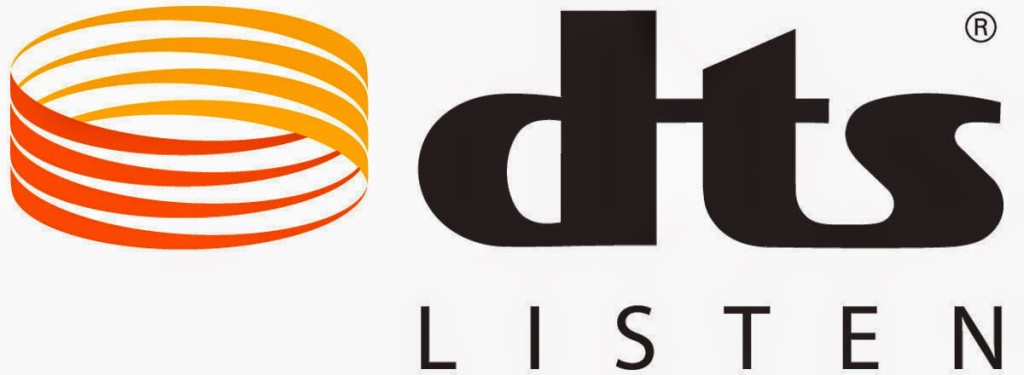Last week, DTS, perhaps best known today for their DTS-HD Master Audio codec that dominates Blue-rays, announced further details on their object-based, multi-dimensional audio technology, called DTS:X. At the Consumer Electronics Conference (CES) this past January, DTS unveiled DTS:X and announced a huge litany of manufacturers who would be supporting the technology but failed to provide any real details.
- Flexible Speaker Layout: DTS:X allows the placement of home theater speakers virtually anywhere. The freedom of object-based audio enables optimized playback on a multitude of speaker layouts, with any number of speakers. The DTS speaker remapping engine supports any speaker configuration within a hemispherical layout based around the listening position in the room. 2015 DTS:X AVRs can support up to 11.2 speaker output channels. Content created for a specific speaker layout can be remapped for reproduction through a different layout. DTS:X is capable of supporting up to 32 speaker locations (though we can’t imagine any scenario where this will be realistically implemented for even high end solutions.
- Lossless Audio: Just like DTS-Master Audio, DTS:X is lossless to ensure the highest fidelity. DTS:X supports up to 96k for object mixes and will still support up to 192k for stereo and multi-channel mixes
- Backward compatibility: The DTS:X content is backward compatible with the DTS-HD decoder. The DTS:X decoder supports DVD, Blu-ray Disc (BD) and streaming media file formats. DTS:X can spatially reformat stereo, 5.1 or 7.1 content to take full advantage of all speakers in a surround system.
- Enhanced Dialog Intelligibility Control: With DTS:X, you will be able to control the volume of specific audio elements at home, such as increasing dialog volume to match their listening preferences. Dialog, as an object, can be lifted out from the background sounds when clarity and intelligibility are desired. Content creators will have the choice to implement this feature in their content mix.
- Denon – AVR-X7200W available now / DTS:X firmware upgrade later in 2015
- Integra – launching several models by Fall 2015
- Marantz – AV8802 available now / DTS:X firmware upgrade later in 2015
- Onkyo – launching several models by Fall 2015
- Pioneer – details to follow
- Steinway Lyngdorf – P200 Surround Sound Processor available Summer 2015 / DTS:X firmware upgrade in Fall 2015
- Theta Digital – Casablanca IVa available Summer 2015
- Trinnov Audio – Altitude32 available now / DTS:X firmware upgrade Summer 2015
- Yamaha – launching DTS:X ready models in Fall 2015
It remains to be seen if DTS:X will take off and in what way it will take off. On the one hand, the ability to have flexible speaker placement is an enormous achievement. On the other hand, the promise of more spending on yet more speakers is a daunting proposition for many—especially architecturally challenged or wife-challenged installations. Whatever happens, DTS:X looks like it will be a dominant force simply because of manufacturer adoption and flexible speaker layout.










